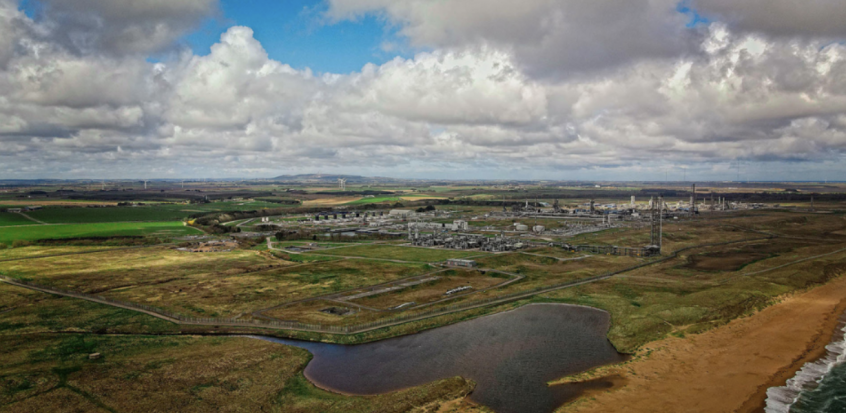There has never been a more urgent time to address carbon and greenhouse gas emissions. Net zero emissions targets for 2050 have not only been set by political leaders and countries, but also by some of the largest players in the world’s most polluting industries. To align with the targets set out in the 2016 Paris Accord, industrial CO2 emissions need to drop by 45% in 2030. But is that realistic? And can carbon capture technology help us get there?
How Carbon Dioxide can be Captured?
Carbon capture technology has existed since the 1970s but due to its cost, there’s often little economic incentive to explore it. CCUS technology (Carbon capture, utilisation and storage) exists in a few different forms. The most tried, tested, and proven method is solvent-based carbon capture that uses a liquid solvent to extract carbon dioxide from a mixture of other gasses. The same principle is used within the technology developed by Carbon Clean, which is a combination of energy efficient patented solvent and process intensified equipment. To decode this further they do this by doing 2 things:
- Utilising process intensification and intelligent engineering to compress the size of the equipment by 10 times.
- By utilising their proven APBS solvents to provide 50% operating cost reduction.
Other technologies are extremely expensive and remain in the early stages of development and are not yet commercially applicable or scalable for heavy industry.
Tracking Carbon Emissions
Carbon in the atmosphere is often tracked in PPM (parts per million). At the start of the industrial revolution, the atmospheric carbon dioxide stood at 280 ppm and now we’ve reached 415 ppm and tracking an additional 2.5 ppm per year. With roughly 43 billion tons of CO2 entering the atmosphere every year, the effects of carbon dioxide in the atmosphere are only set to intensify in the coming years and decades.
But the combination of less CO2 intensive activities in industry and the utilisation of CCUS technology, the reductions needed in the heavy industry sector could be possible and financially enticing.
As Carbon Clean points out, carbon dioxide can be an exceptionally diverse element. With their CCUS technology, they are also transforming captured carbon dioxide into valuable commodities such as fuels, chemicals and soda ash, a common ingredient in household products, and creating new revenue streams.
“With CCUS recognised as an essential technology in the race to achieve net zero targets, we are seeing enormous growth in demand for our cost-effective and modular solutions.” notes Aniruddha Sharma, CEO of Carbon Clean, “There is an opportunity for heavy industry to become major contributors to averting climate change and further benefit from participating in the circular carbon economy.”

